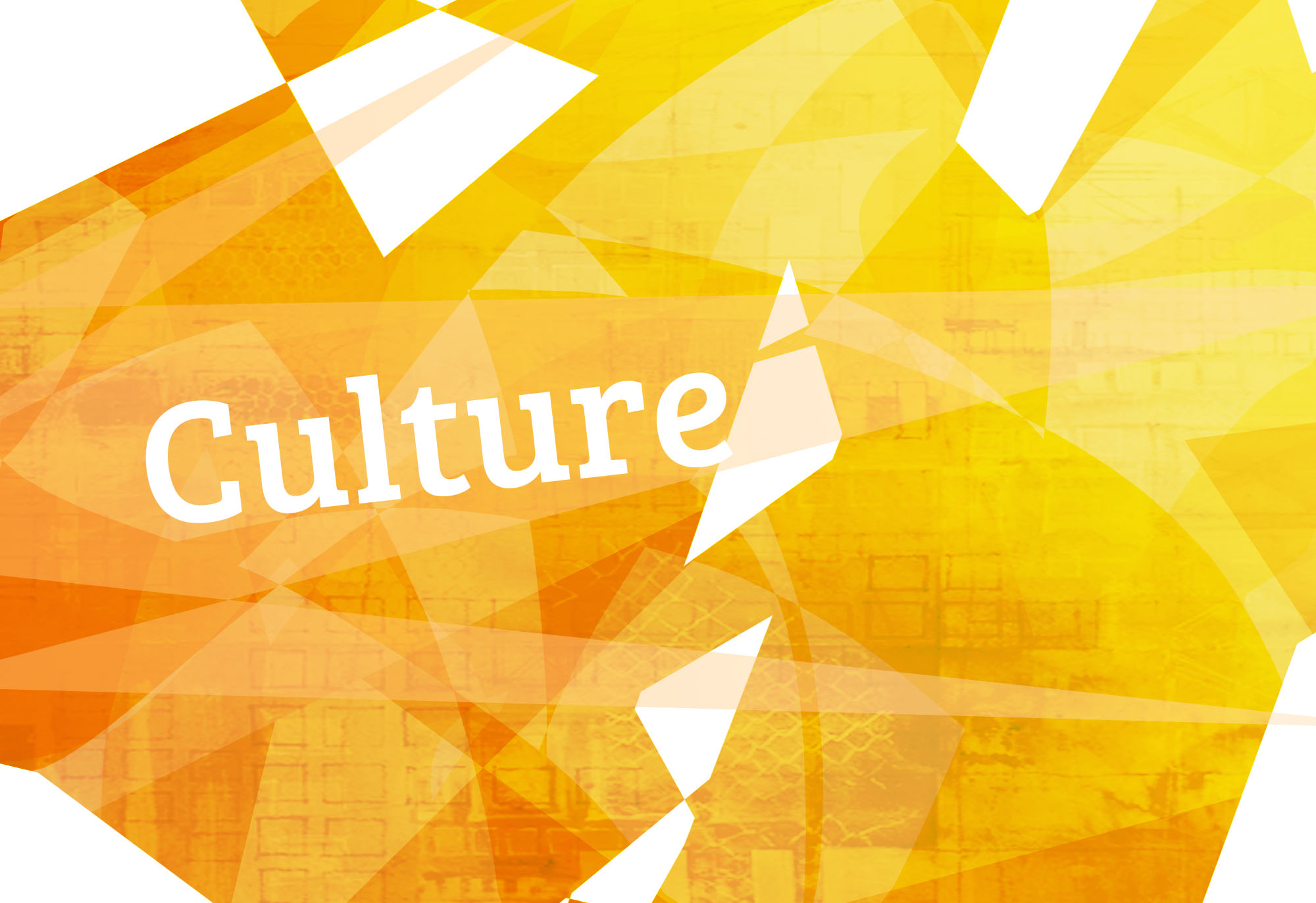It’s been over a year now that Ukraine has been caught in conflict, and newspapers have been providing scattered coverage every step of the way. The McGill Ukrainian Students’ Association (MUSA) recently hosted the “Maidan Photo Exhibition” at SSMU, an exhibit that showcases another side of the Ukrainian people’s revolution. The unpublished photographs by Anatoliy Boyko, an independent artist, made their way through showcases in Ottawa and Quebec City before reaching Montreal. The photographer is attempting to raise awareness about the socio-political conflicts in Ukraine by presenting the pictures as independent sources of information that emphasize the Ukrainian people’s spirit and culture.
The Euromaidan Revolution refers to the Ukrainian people’s movement from 2013 to 2014, a public expression of discontent with the Ukrainian government, which was led by President Viktor Yanukovych at the time. The name “Maidan” – from the word for square in Ukrainian – came to designate the protests lasting from November 2013 to February 2014 in the main square of the capital city, Kiev. Initially this movement was seen as the Ukrainian public’s reply to the government’s failure to cooperate with the European Union, a failure which was widely seen as jeopardizing the country’s prosperity. Over time, however, the uprising has come to be considered as a broader opposition to the government’s disregard for the public’s voice. Although the situation in Ukraine has grown into a more complicated military conflict between Ukraine and neighbouring Russia, the Euromaidan is viewed by Ukrainians and much of the international community as a starting point in the country’s long path toward becoming a democratic nation.
The photos portray a deep devotion and love for the country where, despite the harsh weather, the Ukrainian people continue to sing.
While a well-respected international source may be good for basic information about these recent events, it can hardly convey the heart of the uprising or touch one’s soul to the deepest. Boyko’s photographs fulfill that missing function, depicting the reality of the revolution in a way that words cannot.
Boyoko’s photographs do not simply show the Euromaidan uprising as a series of events and their consequences – they also emphasize symbols of Ukrainian identity. In one photograph, a large group of people are pictured, led by a man wearing a Ukrainian flag like a cloak. They are visibly singing, possibly the Ukrainian national anthem. A monument to a famous poet, Taras Shevchenko, reigns over the crowd. Another picture portrays a young man pouring soup from a large iron cooker for passer-bys, the hot dinner keeping bodies warm and spirits high. The photos portray a deep devotion and love for the country where, despite the harsh weather, the Ukrainian people continue to sing.
The photos also provide a useful reminder that despite the turmoils of revolution, daily human life still goes on. This is what makes Boyko’s showcase so memorable – it spotlights the everyday things that keep people going in hard times, painting a picture of resilience. One photo in particular draws the viewer’s attention in the exhibit. It is a picture of a young couple dressed in traditional Ukrainian festive clothing, the woman in a white dress and an embroidered scarf, the man in a black suit and a yellow cravat. They’re getting married in a crowd of people leading a revolution. Another young man carries a decorated wedding bread, korovai, on an embroidered wedding towel – all traditional symbols of Ukrainian weddings. This emotionally evocative scene shows the people’s ability to experience rare moments of joy in the midst of disaster.
Another particularly powerful photo shows a man wearing black clothes and a balaclava on his face; he is smoking a cigarette and playing the piano in front of the crowd of protesters. The piano is dyed blue and yellow, the colours of the Ukrainian national flag. Posters attached to the instrument show this same man playing in front of the Berkut police, which partook in violently driving out protesters from Independence Square in Kiev from November to February. Another poster on the piano says in Russian: “In every music there is Bach, in every man there is God.” The piano player seems to be reminding the crowd of the importance of music to their shared cultural identity and of religious belief and hope. Zooming in on a moment of hope and resistance, this photograph passes on to the viewer the spirit that united thousands of Ukrainians during the revolution.
In this exhibit, Boyko turns his focus away from the bloody scenes of the revolution, its most dreadful moments, and later consequences. He instead represents the Ukrainian people’s perception of Euromaidan, highlighting their collective actions and their unfading spirit. With the scattered flow of media information, it can be hard to filter out the important and accurate details about the conflict in Ukraine – even its citizens are often unsure how to describe the situation. But Boyko’s photographs provide invaluable insight into the spirit of the revolution and its human peculiarities, coming across loud and clear amidst the newspaper reports.
